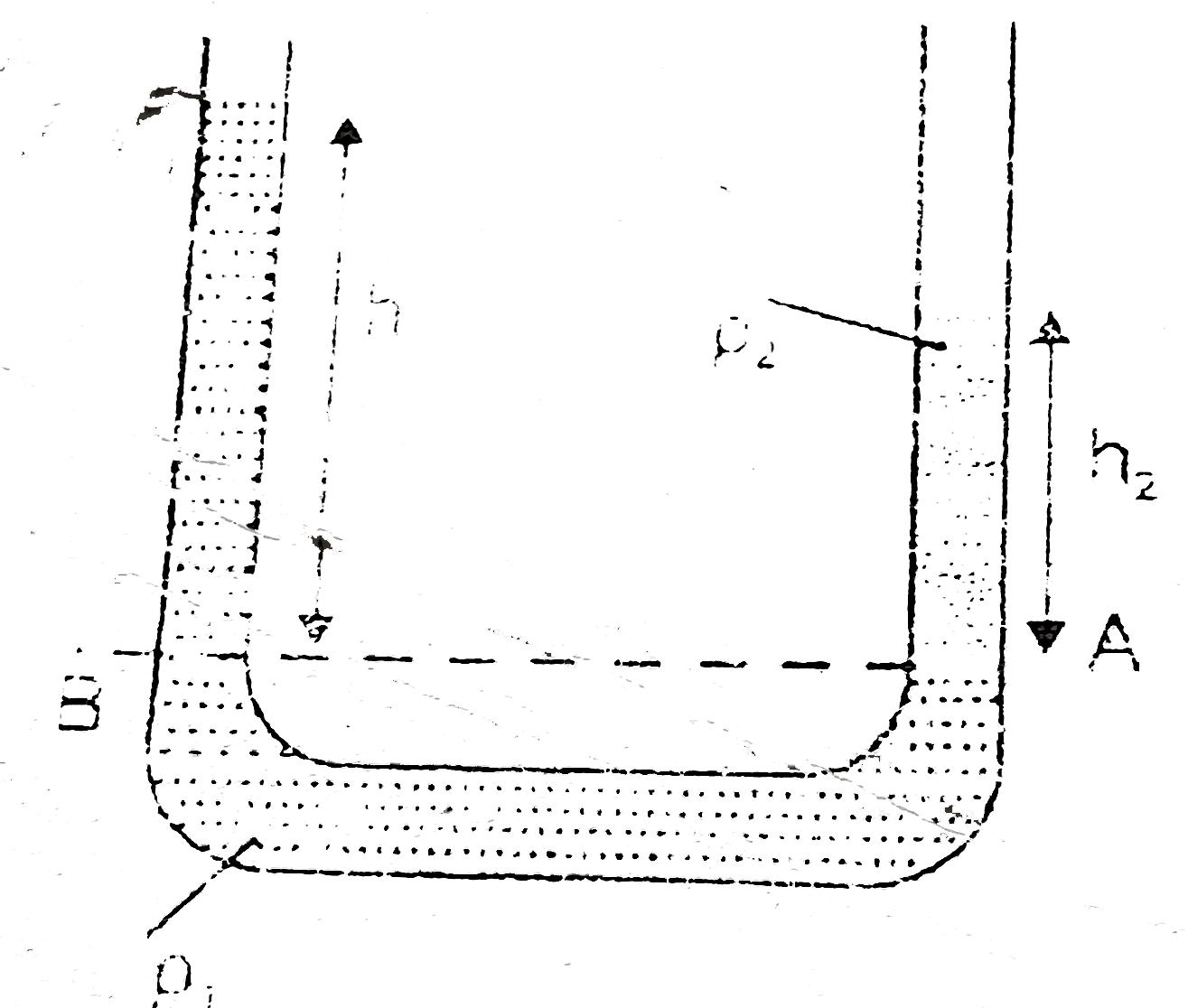An element with molar mass 2.7×102kgmol−1 forms a 2.7×103kg−3, what is the nature of the cubic unit cell?
To determine the nature of the cubic unit cell for the given element, we can use the relationship between density, molar mass, and the number of atoms in the unit cell. Here are the steps to solve the problem:
Step 1: Write down the formula for density
The density (ρ) of a solid can be expressed using the formula:
ρ=Z⋅MA⋅NA
where:
- Z = number of atoms per unit cell
- M = molar mass of the substance (in kg/mol)
- A = volume of the unit cell (in m³)
- NA = Avogadro's number (6.022×1023 mol⁻¹)
Step 2: Rearrange the formula to find Z
From the density formula, we can rearrange it to find Z:
Z=ρ⋅A⋅NAM
Step 3: Substitute the known values
Given:
- Molar mass M=2.7×102kg/mol
- Density ρ=2.7×103kg/m3
- The volume of a cubic unit cell A=a3 (where a is the edge length of the cube). For simplicity, we will assume a=4.05×10−10m.
Calculating the volume of the unit cell:
A=(4.05×10−10)3=6.63×10−29m3
Now substituting into the equation for Z:
Z=(2.7×103)⋅(6.63×10−29)⋅(6.022×1023)2.7×102
Step 4: Calculate Z
Now, we can calculate Z:
Z=(2.7×103)⋅(6.63×10−29)⋅(6.022×1023)2.7×102
Calculating this gives:
Z≈3.99≈4
Step 5: Determine the nature of the cubic unit cell
Since Z is approximately 4, we can conclude that the nature of the cubic unit cell is likely to be a face-centered cubic (FCC) structure, as FCC has 4 atoms per unit cell.
Final Answer
The nature of the cubic unit cell is face-centered cubic (FCC).
---
The density (ρ) of a solid can be expressed using the formula:
ρ=Z⋅MA⋅NA
where:
- Z = number of atoms per unit cell
- M = molar mass of the substance (in kg/mol)
- A = volume of the unit cell (in m³)
- NA = Avogadro's number (6.022×1023 mol⁻¹)
From the density formula, we can rearrange it to find Z:
Z=ρ⋅A⋅NAM
Given:
- Molar mass M=2.7×102kg/mol
- Density ρ=2.7×103kg/m3
- The volume of a cubic unit cell A=a3 (where a is the edge length of the cube). For simplicity, we will assume a=4.05×10−10m.
A=(4.05×10−10)3=6.63×10−29m3
Z=(2.7×103)⋅(6.63×10−29)⋅(6.022×1023)2.7×102
Now, we can calculate Z:
Z=(2.7×103)⋅(6.63×10−29)⋅(6.022×1023)2.7×102
Calculating this gives:
Z≈3.99≈4
Since Z is approximately 4, we can conclude that the nature of the cubic unit cell is likely to be a face-centered cubic (FCC) structure, as FCC has 4 atoms per unit cell.
The nature of the cubic unit cell is face-centered cubic (FCC).
Similar Questions
An element with molar mass 2.7×10−2kgmol−1 forms a cubic unit cell with edge length 405pm.If its density is 2.7×103kg−3, what is the nature of the cubic unit cell?
View SolutionAn element with density 10 g cm−3 forms a cubic unit cell with edge length 3×10−8cm. What is the nature of the cubic unit cell if the atomic mass of the element is 81 g mol−1.
View Solution
Knowledge Check
- Question 1 - Select One
An element with density 2.8 g cm−3 forms a fee unit cell with edge length 4×10−8 cm. Calculate the molar mass of the element.
A42gmol−1B27gmol−1C36gmol−1D28gmol−1
An element with molar mass 27 g mol−1 forms a cubic unit cell with edge length 4.05×10−8 cm. If its density is 2.7g cm−3, what is the nature of the cubic unit cell?
View SolutionAn element with molar mas 2.7×10−2 kg mol−1 forms a cubic unit cell with edge length 405 pm. If its density is 2.7×10−3kgm−3, the radius of the element is approximately ______ ×10−12m (to the nearest integer).
View SolutionTwo immisible liquids are pured in a U-tube having densities ρ1=1.0×102kg/m2andρ23.0×102kg/m3. Find the ratio of heights (of the liquids above their interface) n1h2
 View Solution
View SolutionA piano string 1.5m long is made of steel of density 7.7×103kg/m3andγ=2×1011N/m2. It is maintained at a tension which produces an elastic strain of 1% in the string . What is the fundamental frequency of transverse vibration of the string ?
View SolutionA piano string 1.5m long is made of steel of density 7.7×103kg/m3andγ=2×1011N/m2. It is maintained at a tension which produces an elastic strain of 1% in the string . What is the fundamental frequency of transverse vibration of the string ?
View SolutionCalculate the gravitational force of attraction between a proton of mass 1.67×10−27kg and an electron of mass 9.1×10−31 kg separated by distance of 1 Fermi ? G=6.67×10−11Nm2kg−2 .
View SolutionA proton of mass 1.66×10−27kg is moving with kinetic energy 5×10−27J .What is the wavelength of proton ?
View Solution

